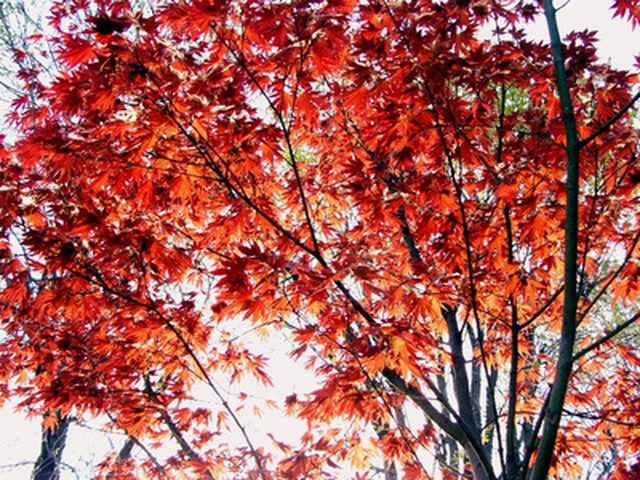Bulbs
Flower Basics
Flower Beds & Specialty Gardens
Flower Garden
Garden Furniture
Garden Gnomes
Garden Seeds
Garden Sheds
Garden Statues
Garden Tools & Supplies
Gardening Basics
Green & Organic
Groundcovers & Vines
Growing Annuals
Growing Basil
Growing Beans
Growing Berries
Growing Blueberries
Growing Cactus
Growing Corn
Growing Cotton
Growing Edibles
Growing Flowers
Growing Garlic
Growing Grapes
Growing Grass
Growing Herbs
Growing Jasmine
Growing Mint
Growing Mushrooms
Orchids
Growing Peanuts
Growing Perennials
Growing Plants
Growing Rosemary
Growing Roses
Growing Strawberries
Growing Sunflowers
Growing Thyme
Growing Tomatoes
Growing Tulips
Growing Vegetables
Herb Basics
Herb Garden
Indoor Growing
Landscaping Basics
Landscaping Patios
Landscaping Plants
Landscaping Shrubs
Landscaping Trees
Landscaping Walks & Pathways
Lawn Basics
Lawn Maintenance
Lawn Mowers
Lawn Ornaments
Lawn Planting
Lawn Tools
Outdoor Growing
Overall Landscape Planning
Pests, Weeds & Problems
Plant Basics
Rock Garden
Rose Garden
Shrubs
Soil
Specialty Gardens
Trees
Vegetable Garden
Yard Maintenance
What Do Maple Trees Need to Grow?
What Do Maple Trees Need to Grow?. Maple trees are a versatile tree that can grow almost anywhere. They are seen all across the United States and Canada. However, there is a reason that maple trees are more prevalent in cooler, wetter climates. There are some specific care methods that should be taken to promote healthy growth of maple trees, as...

Maple trees are a versatile tree that can grow almost anywhere. They are seen all across the United States and Canada. However, there is a reason that maple trees are more prevalent in cooler, wetter climates. There are some specific care methods that should be taken to promote healthy growth of maple trees, as well as certain elements that maple trees need to grow.
Geography
Maple trees are found in U.S. hardiness zones 3 to 9. This encompasses states from Minnesota to Texas and Florida and includes most of the United States. Although maple trees are hardy and can withstand many different climates, they are typically found in cooler climates, such as those found in the Northeast and North. Many maple trees also grow in Canada. While hardiness is one factor in the growth of maple trees, many other factors are also involved.
Soil
Maple trees grow best in a soil that has a neutral to acidic pH. This is a pH reading of 7 and under. A range between 6 and 7 is ideal. You can get a soil test kit at any gardening supply store to test the pH of your soil. Maple trees prefer sandy and well-drained soil. If you have clay soil you can either add sand to the soil, or you can raise the area where the tree is planted to make it higher than the surrounding yard.
Water
Maple trees prefer moist areas. However, the soil also should be well-drained. Most maple trees ideally should receive 1 1/2 inches of water each week. Rain is ideal, but you can also water the maple tree. The best way to determine how much water a maple tree is getting is to place a rain gauge near the tree. You can also water the soil when it starts to feel dry to the touch. The soil should be kept slightly moist, but never soaking wet.
Fertilization
Some fertilization is also required for effective growth of maple trees. A slow-release fertilizer, using a 10-10-10 NPK formula, is best. The trees should be fertilized twice a month during the spring, and once a month from summer until fall. Fertilize from about 1 foot away from the trunk to 3 feet away for maximum effectiveness.
Light
Maple trees can withstand a variety of light conditions. The best lighting conditions for maple trees are full to partial sunlight exposure. The amount of sunlight depends on the location of the tree. In cooler climates, the maple prefers full sun. However, in warmer climates, the maple tree can wilt under full sun exposure. Partial shade is best for warmer climates.